Fuse: Power in Numbers
XLR8R journeys to London to investigate the secrets behind the brand's success.
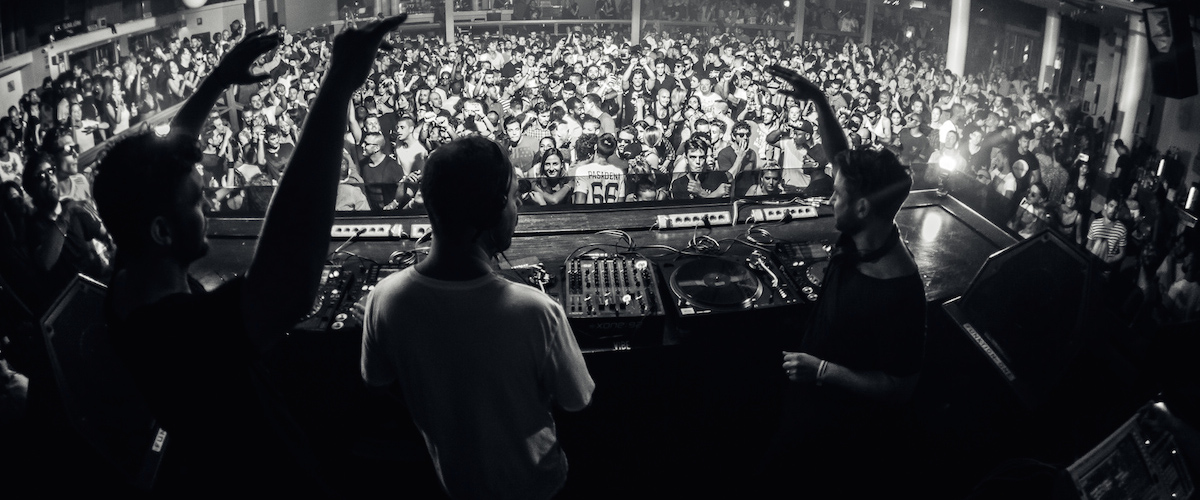
Fuse: Power in Numbers
XLR8R journeys to London to investigate the secrets behind the brand's success.

Having recently announced a five-date residency with HYTE at Amnesia this coming summer, Fuse is quickly becoming one of Europe’s leading party brands—and so much more. William Ralston traveled to London to learn why. Showing off some of their latest work, the Fuse residents each offered to put together an hour-long mix available for download via the WeTransfer button at the bottom of the page.
Enzo Siragusa was just 15 years old when he discovered raving. It was the early ’90s: the clubs stayed open all night and the music was fast and frisky. Accompanied by his cousins, who provided a fake paper ID, Siragusa stepped through the doors of Milton Keynes’ Sanctuary nightclub, sparking a long-standing affinity with club culture that remains as strong today as ever. “It was like nothing I had seen before—the sound was just awesome.” It is from this experience that his latest Sanctuary three-tracker found its name. Energized by this discovery, Siragusa indulged in the prominent party scene of the time, becoming something of a regular in the nightspots around the UK before making his first trip to Ibiza in the summer of 1996. “All of this has stemmed from a misspent youth,” he reflects, quietly. “Those early experiences are the driving force behind absolutely everything that I do now.”
It’s likely that many of you will already be familiar with what he does now—be it through his DJing or his productions. But as established as he is in these two respective fields, the platform for all of his achievements has been Fuse, the renowned event series that he co-runs alongside Tony Cannatella, his older cousin.
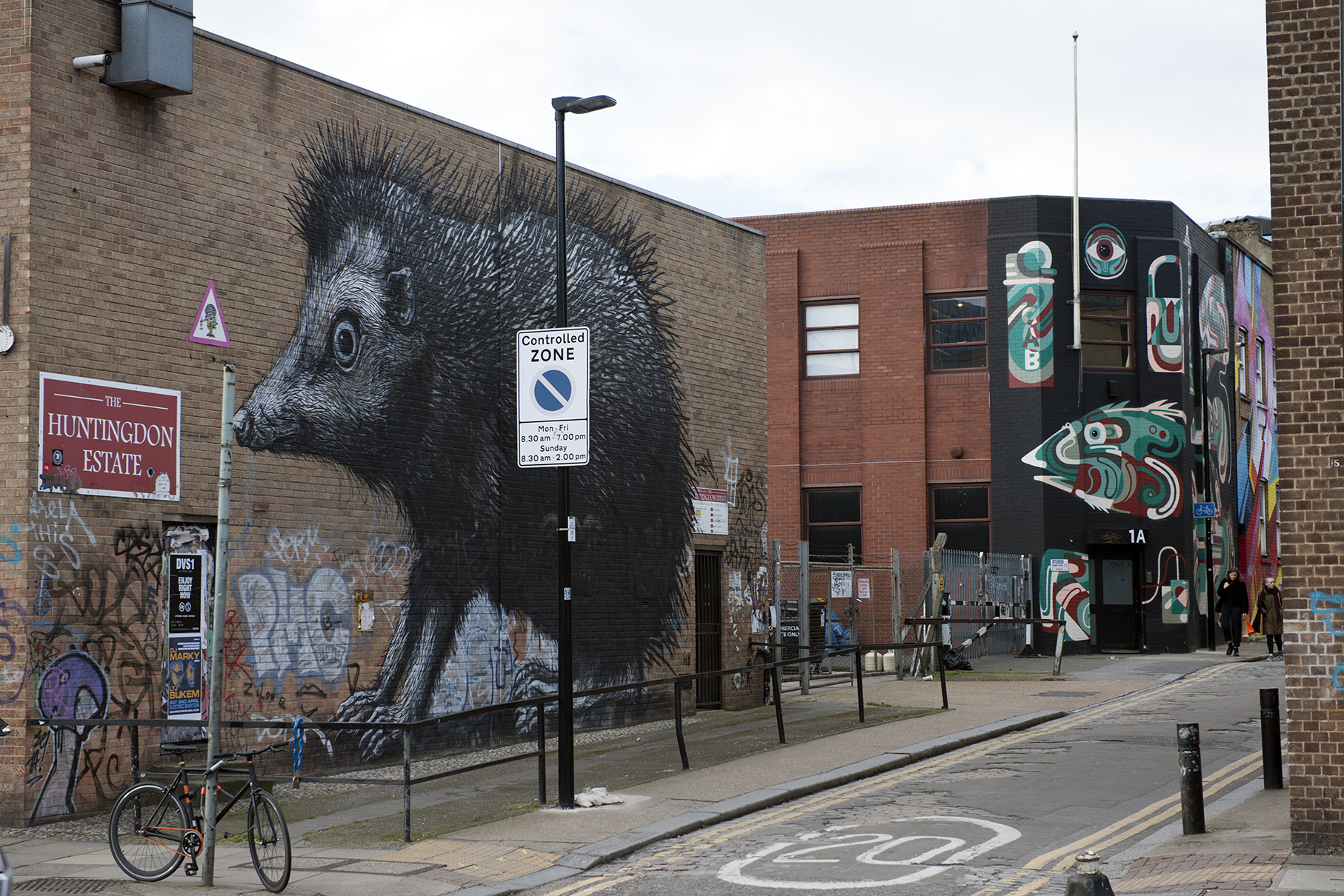
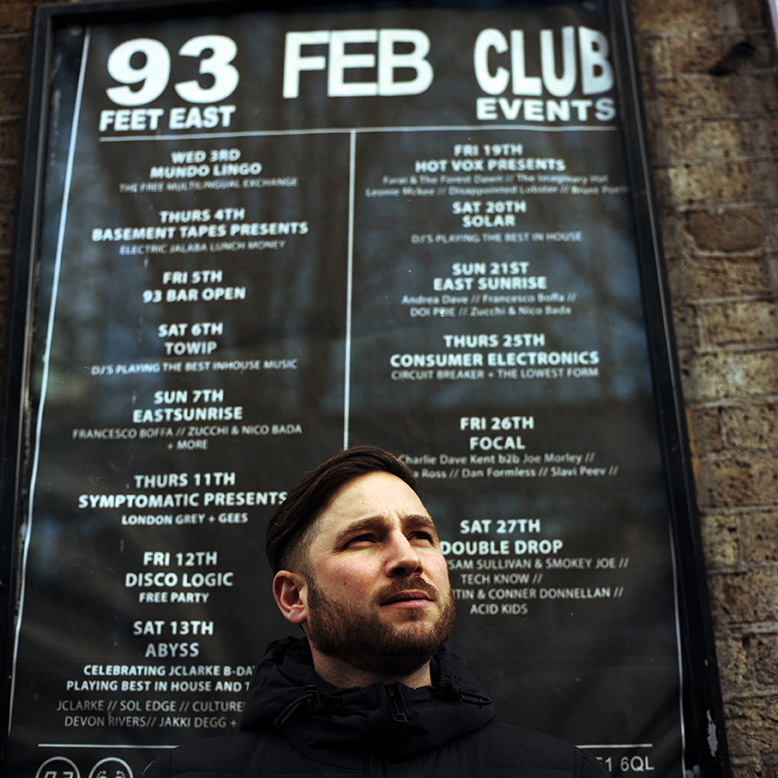
The story is not one that remains untold: the duo started Fuse in 2008 as a weekly after-party at London’s 93 Feet East. There was, they say, no “thought behind it” and “absolutely no business plan” in place; it was inspired only by the availability of that particular space and an absence of anywhere to continue partying on a Sunday. At the time, their focus remained on Circuit, their Saturday night party at London’s Home Bar—but this changed as Fuse’s popularity grew beyond even their wildest expectations. The first event was attended by about 100 friends—but by February 2009, just three months after its inception, it was sure to be packed each and every Sunday of the year, with more than 1,500 applications for the guestlist each week. One bank holiday saw this stretch to over 5,000. “It quickly became obvious that there was something special going on,” Cannatella recalls. “We started to get the same feeling as we did at those original raves we went to.”
Fuse today has evolved into an entirely different monster to the intimate after-party of these earlier years. In simplistic terms, the model can now be divided into two different geographical strands. Firstly, UK: in London, bi-weekly parties are hosted at Village Underground, always on Sundays, the demand for which invariably exceeds supply. Presence on a domestic front is supported by a series of larger “warehouse raves” held on chosen national holidays or Saturday evenings of the year. These occur six times each year in London, although they are becoming increasingly common in other selected major cities. Last month saw the first event in Birmingham. In addition to this, there are a number of one-off large-scale raves, the capacities of which normally exceed 1,000 people, though these are intermittent and infrequent. The last one came in February 2015 when Cannatella and Siragusa hosted an event at Hearn Street car park.
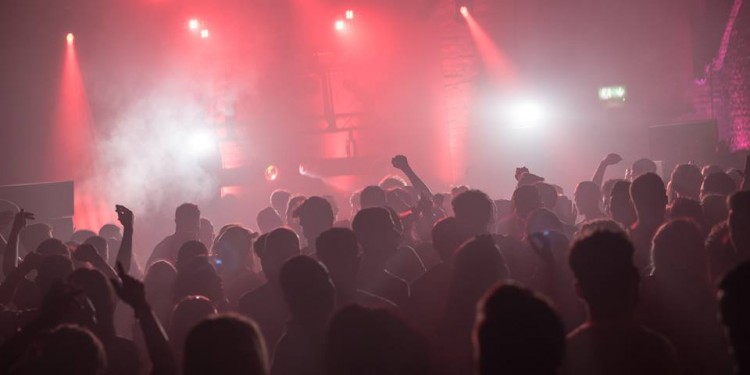
Secondly, Ibiza: having thrown a series of free beach parties in 2009 and 2010, Fuse has long had a presence on the island. The success of these first events opened the door to Sankeys and a four-year collaboration that culminated in weekly parties through the 2013 and 2014 seasons. 2015 then saw three one-off dates at Space and one at Benimussa park— but last month’s announcement of a five-date residency at Amnesia will be the first time Cannatella and Siragusa have found themselves at the focal point of the island’s summer program. The news is both symbolic of the brand’s growth and illustrative of the duo’s long-term ambitions for its future development. Business in Ibiza is managed by Con, a close friend and confidante.
Recent years have also seen Fuse spread to various other European locations, including Croatia, Barcelona and Amsterdam, either as part of wider events like Sonus Festival and ADE, or as entirely separate entities. The party series is then supported by two labels, namely Fuse and Infuse. The former was launched in 2011 as a production outlet for the residents; the latter, founded in 2013, exists to house music from all other artists. “No one was taking my early productions,” Siragusa recalls. “So I started the label [Fuse] because our music didn’t really fit anywhere else.”
Given the above, Fuse’s growth has been nothing short of remarkable—but, on the surface, the reasons for this as not especially easy to discern. This is especially true when you consider it was launched during a time when clubbing in London was actually taking a major hit.
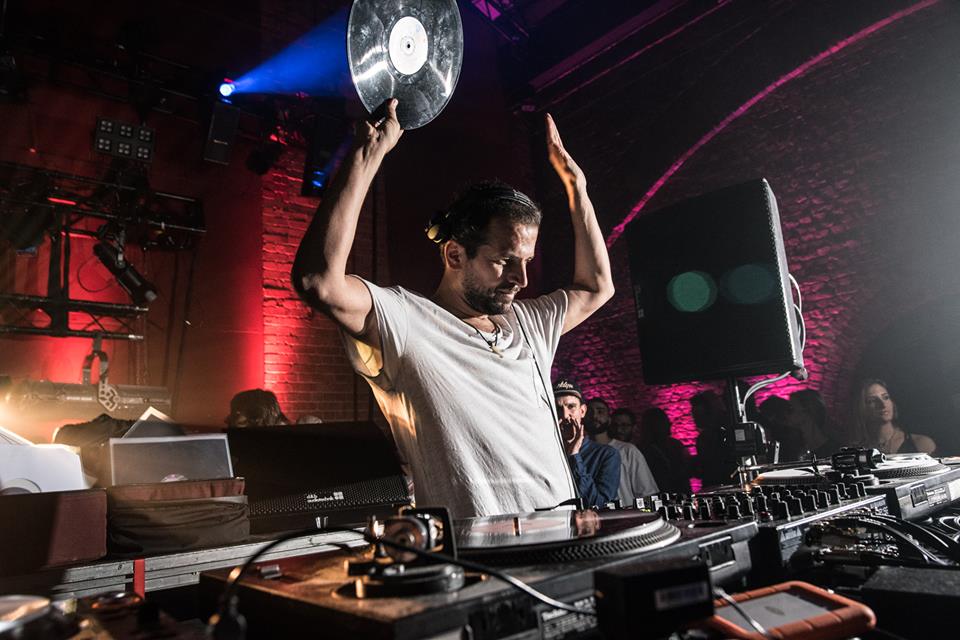
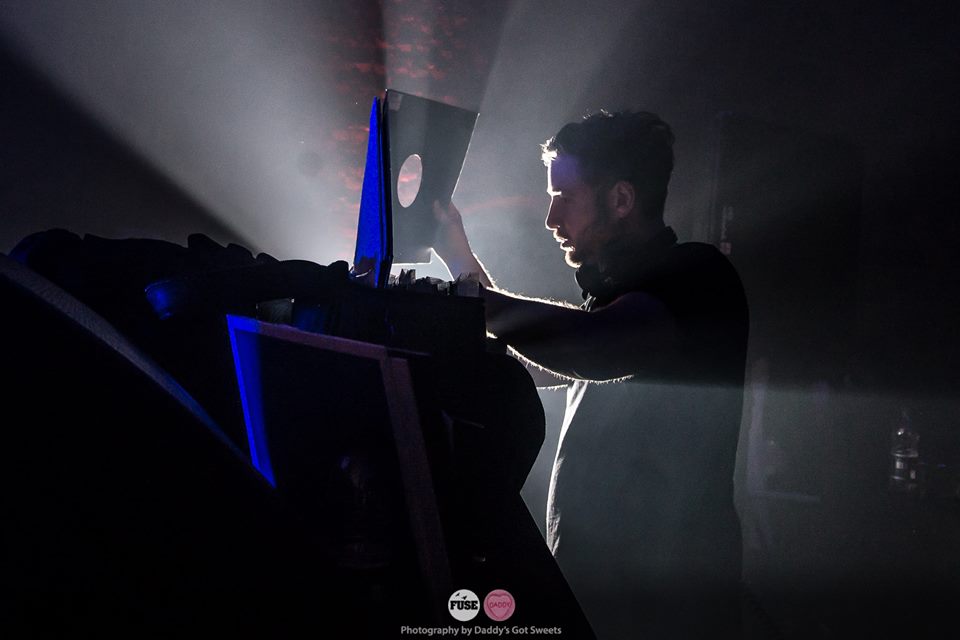
It’s unlikely to be the venue: none of the aforementioned spaces are particularly unique in their offerings. Take 93 Feet East for example: anybody who has set foot inside its four walls will likely recall it for its dark and dingy character rather than an endless array of attributes that make it ideal for an underground rave. The list of promoters who have tried and failed to launch a successful night there is a long and growing one. Production, too, is not something worthy of particular note. Sound, as will be elaborated upon, has become something into which the team invest tremendous amounts of time, money and effort—but the lighting is normally limited to little more than a simple warm red glow, far from a special draw for nightclub dwellers. In addition to this, there is limited promotion around the events and there are never any “big-name” artists on the lineup: barring a few revisions, the DJs that played the first few events are the same that play today, none of which fit comfortably into this category on a global scale. So, what, I ask, is behind this success? What is the secret ingredient that has taken Fuse from a local after-party—an “after-thought,” Cannatella jokes—to one of the most recognised and trusted party brands across the entire European continent?
To answer this question, and investigate the real essence behind Fuse, it was necessary to travel to the East London headquarters. The space is split into two rooms: an office and a recording studio. The former houses Cannatella, the business mind behind the whole operation. His day-to-day role is distanced considerably from anything musical; rather he must scope out opportunities for brand development, including the search for new venues and ventures. There is also a desk for Con when he is in town from the White Isle. Siragusa can normally be found in the analog-heavy studio next door, alongside any number of the Fuse residents—namely Rich NxT, Rossko, Seb Zito and Archie Hamilton. They adopt, he says, an “open-door policy” whereby each artist is invited to use the communal studio as and when they wish. Besides his own individual artistic responsibilities, Siragusa manages the artists and the lineups for the events. Alongside Seb Zito, he also runs and A&Rs the two labels.
As with any established party series, at the core of any success lies vibe: people spend good money going back to these events because they offer a certain atmosphere—or “energy,” says Cannatella, without hesitation. “It’s that one word—that’s the key, ultimately,” he adds, smiling. And when you let that sink in, the reason behind Fuse’s initial growth at 93 Feet East becomes considerably less obscure. Anybody who was fortunate enough to attend during its four-year tenure there will like concur: the party atmosphere during those Sundays remains much unsurpassed by the majority of events today, despite the inherent over-saturation that continues to richen. “We offered something different—no one was really delivering a similar experience,” Siragusa recalls. “I used to stand in the middle of the dancefloor with Tony and tell him, “This has the essence of what we wanted to create back in the day,”” he continues. “People still tell me now that those parties were the closest thing they got to raving in the ‘90s. It still gives me goosebumps thinking about it now!”
The creation of that atmosphere relied on several elements—everything, including the actual drink prices, was controlled—but there were three core components: sound, crowd and entry fees. The original sound-system consisted of just five Mackie monitors—each of which had to be regularly turned off and fanned down due to overheating—and an old school sub-woofer, but this was quickly replaced with a D&B Audiotechnik system which was tuned carefully to meet the specific style of the artists and dimensions of that particular space. As demand grew, so too did the importance of crowd curation: only those who matched a certain vibe were allowed to enter, but they never had to pay if they were authorized to do so. “You have to build the party from the front door,” Cannatella explains. “If we don’t get the crowd right then it doesn’t work.” In addition to this, the decision to only have the residents play, all of whom were ambassadors for the same minimal, dubby sound, created a consistency of output. “You always knew exactly what you were going to get when you turned up—there were no surprises,” Siragusa explains. “This all contributed to a special feeling in that room.”
Fortune, as Siragusa continues, certainly played its role—“It happened by chance,” he says —but it is the above formula, the blueprints of which were developed during the duo’s early rave experiences, that has been successfully applied to other settings. Let’s take Village Underground, the brand’s modern day spiritual home, as the example. Siragusa and Cannatella were forced to relocate the party here early in 2013 after 93 Feet East was raided by 200 police on a non-Fuse night. Besides location, it’s difficult to draw too many parallels between the two spaces: Village Underground’s spacious layout and high ceilings provided an entirely new workspace upon which the duo had to apply their model. But they did, and successfully too, by adopting the following policies: entrance is via guestlist only, the acquisition of which must be requested in advance via the website. This ensures that people attend “with intention, rather than just off the street,” Siragusa explains. Those selected are then invited to attend but remain subject to a strict crowd curation policy enforced at the door. Staff are encouraged to speak with those in line before granting access. Consistency of sound is achieved in the same way as above: lineups are heavily focused on the Fuse residents.
At this point, it is important to mention one caveat. Though extracted from the above model, Fuse’s larger warehouse-style raves are different in that they operate via a regular ticketing system, limiting the team’s ability to perfectly curate the crowd. The reason for this, as Siragusa explains, is simple: “In a dark warehouse on a Saturday night you don’t see and feel the crowd in the same way as in a light, airy space like Village Underground in the afternoon.” The lineups will also normally include a special guest in addition to the regulars, although all additions—which have included Livio & Roby, Cristi Cons, tINI and DeWalta—fit in with the brand’s established sound aesthetic. Given this, and the fact that they are invariably held on Saturdays or national holidays, the vibe and experience is distanced considerably from that of the regular Sunday Fuse. Nonetheless, having attended several of these events, the reason for their popularity is overt: the consistency of music, and the delivery of it, is conducive to an atmosphere that is not easy to find in today’s industry where promoters are inclined to cut corners in exchange for a quick buck.
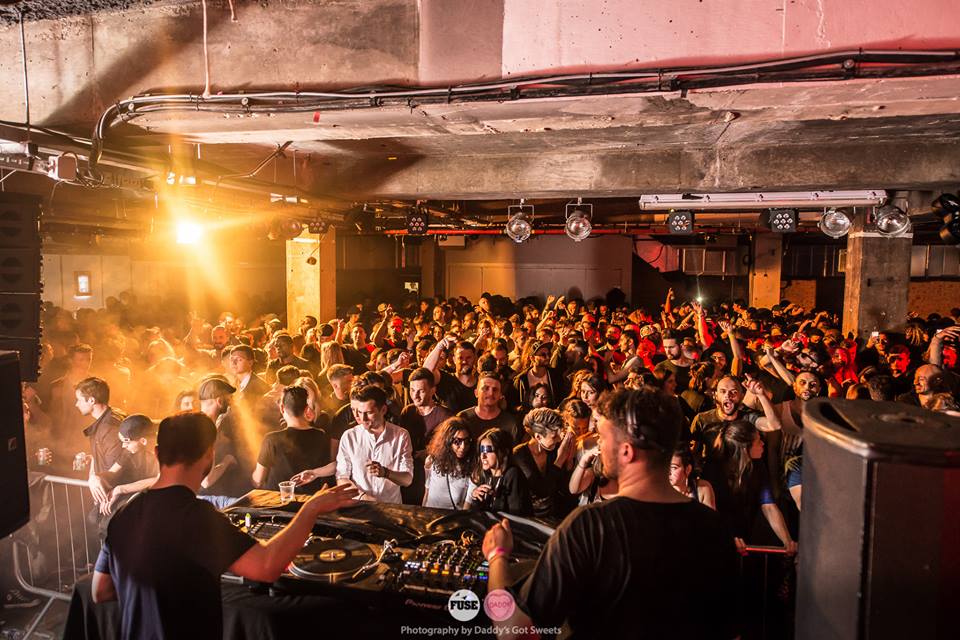
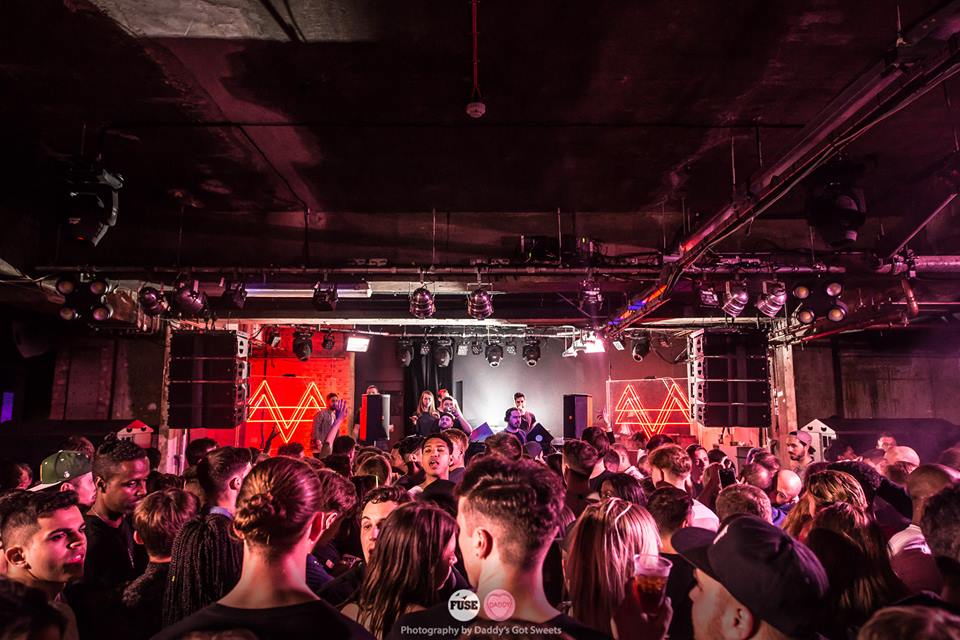
Expanding on this thought, it becomes apparent that the central element to Fuse’s longevity is the duo’s clarity of vision and commitment to its achievement. After all, what are the barriers to entry? On the surface, it wouldn’t seem especially hard for a promotor to replicate this exact model: employ a bunch of bouncers to curate the crowd, choose some local talented DJs and hire the best sound system on offer, and you would seem to be there. But this is where Siragusa and Cannatella’s work becomes so fundamental. “They are very serious about what they do, not just kids doing a party,” Rossko says, laughing.
The model, Cannatella agrees, would appear rather simple, but its successful application is highly reliant on experience. “Our time clubbing has given Enzo and I a very specific idea of how parties should look, feel and sound,” he says. “We are basically aiming to deliver a modern version of all those raves we grew up with. Without those times, there is no way we would be doing Fuse.” As an example, he mentions the door policy: “It’s not that we are strict: we’re just very specific—we know what we are looking for,” he says. Focus, the duo explain, is placed on diversity: while there are certain people who do not fit the style of Fuse party—“It’s not the place to come and buy champagne and pick up girls,” Cannatella offers as an example—they must work to create an eclectic audience. “When I used to go to a rave, you would have all sorts of people—all social barriers were broken down. That’s the feeling that people get inside Fuse: they feel as though they are a part of something special that is protected, and not the norm.”
“We’ve been in a promotion-led scene for many years where people just go out and book big DJs to put bums on seats. I don’t agree with that. If you do things right then things will happen.”
Indeed, in a global party scene where brands come and go, it’s rare to meet two people who know exactly where they are and where they are going. Though light-hearted and welcoming for the course of the discussions, their clarity of thought and unwavering ambition is something that evidences itself throughout. “We don’t take ourselves seriously, but we take what we do seriously,” Siragusa jokes. “We’ve been in a promotion-led scene for many years where people just go out and book big DJs to put bums on seats,” he continues. “I don’t agree with that. If you do things right then things will happen.” He stresses how they only work with people “who share the same core values,” and accepts that this has delayed Fuse’s growth—“but it has given us deeper foundations,” he adds. “We don’t want to just be something that is here now and gone tomorrow.”
When it comes to sound, this adherence is especially strong. “It [sound quality] is expensive—but it makes a big difference,” Siragusa says. “It allows the artist to develop a genuine connection with the crowd.” Starting with the choice of venue all the way to its acoustic treatments and the specific tuning of the monitors, the finest details are all carefully governed to ensure that the sound in the room never wavers from point.
To offer an example: London warehouse raves away are held almost exclusively in the smaller room of Studio Spaces because other venues require too great a compromise on sound quality in exchange for the increased capacity. Even then, Siragusa will invariably work alongside a specialist who will remain on site for the entire party, continually adjusting the system depending on the actual number of people in the room and the artist playing. The same system applies for any larger “rave” in the UK. Assistance in these territories comes from Rich and Curt from Sound Services. In Ibiza they have worked with various leading technicians, most recently with one of Tony Andrews’ right-hand men from Funktion One. It is for similar reasons that Fuse is never present at outdoor music festivals: “You can’t trust the sound,” Siragusa explains. In contrast, much of this is taken care of at Village Underground: the duo worked closely with trusted sound engineer following their relocation there, before the venue invested heavily in an entirely new system. Alongside the actual stage layout and several other acoustic modifications, this system is then tailored specifically for each Fuse party.
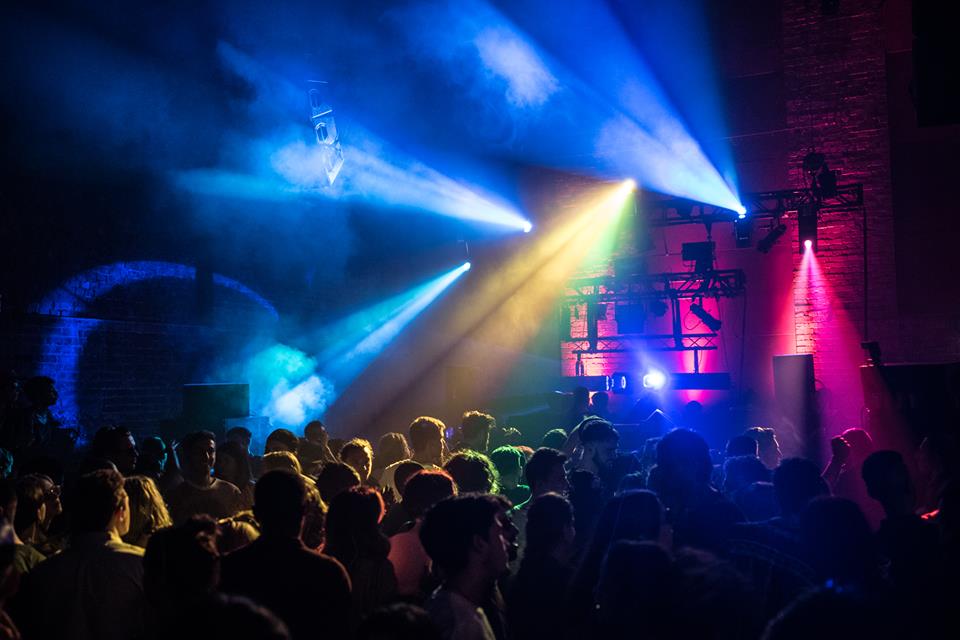
It goes without saying that the above measures come at a considerable cost. The status of Fuse today means that such significant outlays are normally covered by revenue generated, but Siragusa explains that there are no guarantees that each event will make money, given the substantial overheads incurred. “I sometimes come out of these parties without making any money,” he says—“but it’s important to me,” he adds. “People will get sound systems for 800 quid, but I prefer having quality and a good sound engineer. If you pay peanuts, then you are going to get monkeys.”
This all contributes to a certain atmosphere, but the long-term reward for this commitment, however, is trust—and it is here that we find the driving force behind Fuse’s more recent expansions. As highlighted, the larger warehouse parties are different in their format, and thus are slightly less exceptional in their delivery, yet the demand for them is largely unparalleled on European shores. Much of this is down to reputation: people can arrive at Fuse assured of a decent party, and this has facilitated entry into these more commercial markets. Assuming Cannatella and Siragusa don’t compromise on these core values, this name that will remain their most important tool in all future development.
Looking beyond Fuse as an entity, it’s important to note how its growth has emanated to each artist involved—and there is no better example of this than Siragusa himself. 2015 marked his first year within Resident Advisor’s top-100 DJs poll, coming at number 62—but it would be erroneous to assume that his journey to the higher echelons has been as smooth as that of the thriving company he has created. He has, he explains, long harboured ambitions of becoming a DJ-producer, so much so that at the age of 22 he gave up a job in IT. But success proved difficult—“I gave it a go but I was always struggling for money,” he says —leading him to take a full-time job, only to quit again at 27 to continue his pursuit. A number of reliable local gigs allowed him to put bread on the table—but it wasn’t until after his 30th birthday, and the inception of Fuse, that he began regularly touring abroad and was subsequently invited to join the renowned Artist Alife booking agency. Fuse, he explains, has offered him sufficient air time to refine his style, and its success has inflated his artistic profile.
Further examples lie in any of the residents. All have long been accomplished artists in their own right, but Fuse has proven similarly beneficial for their respective careers. “It [Fuse] is a huge thing for me and I know I am in an advantaged position,” Rossko explains. “I look at my friends around me and they don’t have any platform. I couldn’t have come this far without it.” This outlook is one that Rich NxT and Seb Zito both share: “It’s not easy to be successful when you’re acting in isolation,” explains Rich, whose work with Fuse offered him the stability to finish his work as a promotor and free up time for production and performance. “Having all these artists around you speeds up your development.” As for Zito: having worked in communications for over a decade, Fuse proved a catalyst in leaving it behind. The mindset, he says is simple: “Enzo makes it clear that we must all take this opportunity to create our own individual identity—we can’t always piggyback on the name.” In this way, each artist is encouraged to release on external labels and play non-Fuse events, if and when their schedules so allow.
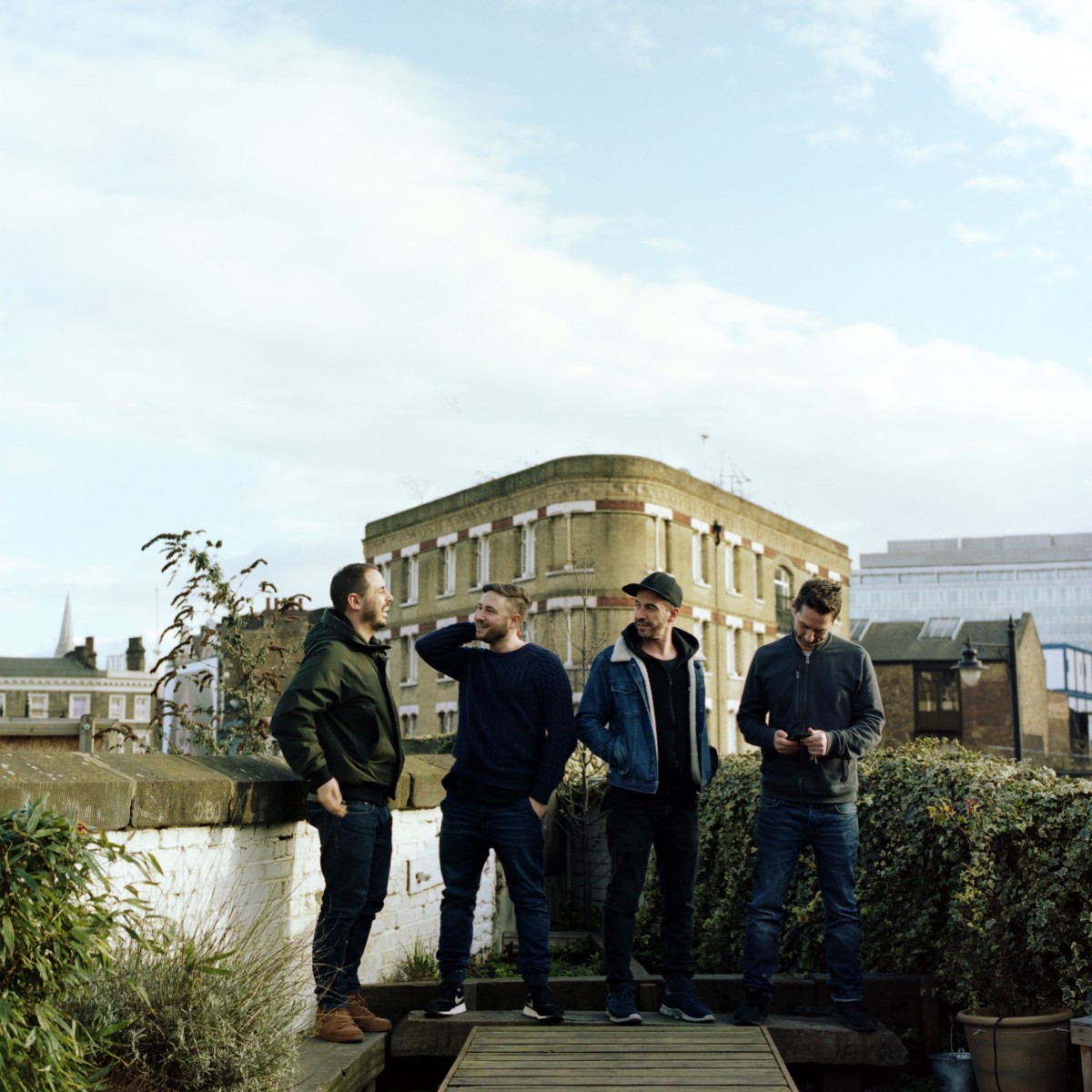
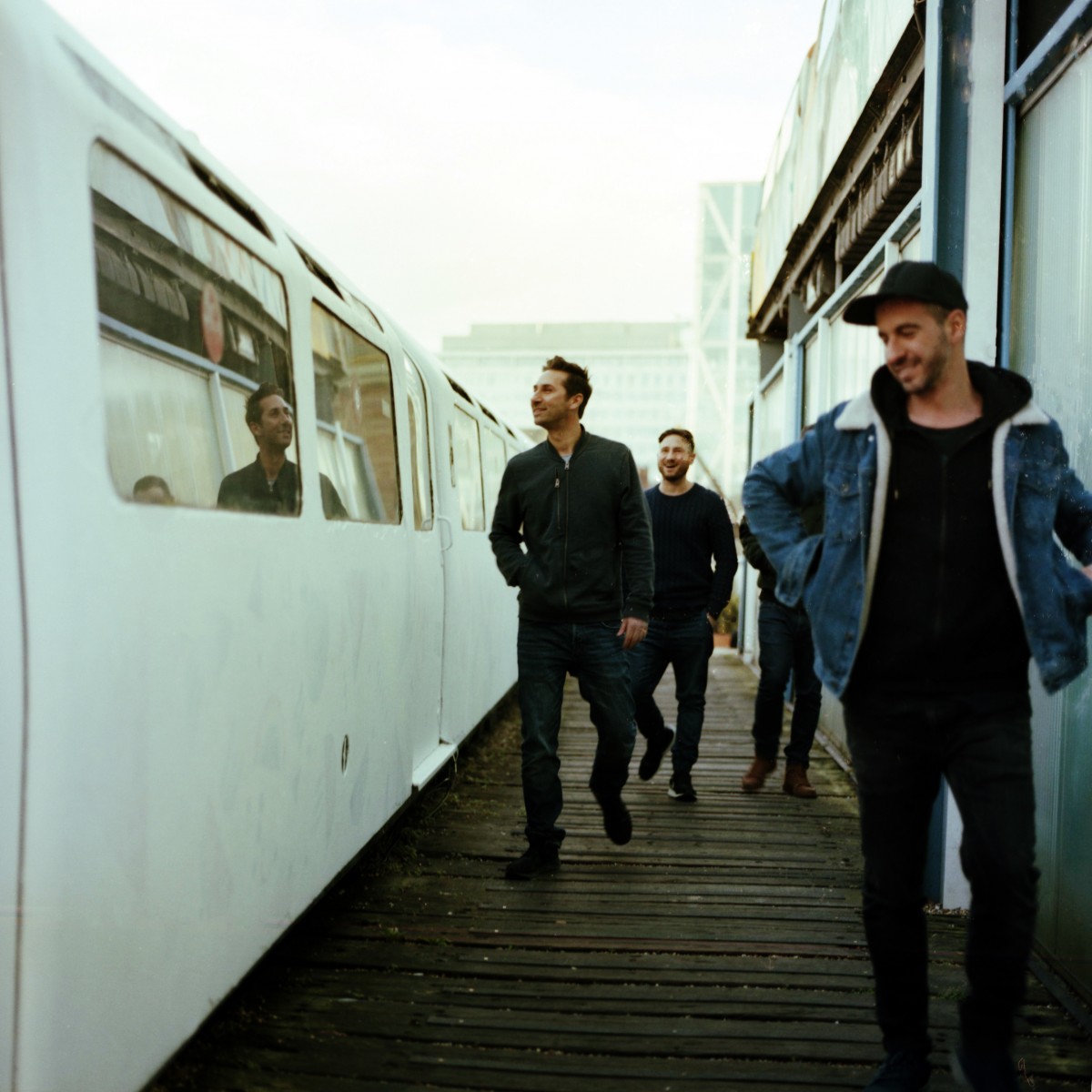
Fundamental in this pursuit is community, something that seems so evident during the time in London. Spinning records for a living can lead to a solitary existence, a poignant truth that is especially true in the UK where there is “no real culture” for aiding lesser-established artists, Siragusa explains. You don’t have to look too far for examples of artistic collectives and the accompanying benefits: Giegling, for one, springs to mind, as does Romania’s [a :rpia:r]. For many, involvement in these groups and the corresponding network of support is just another prerequisite for their true artistic expression. It is in this way that Fuse plays such an influential role. “It’s always positive vibes,” Rossko reflects. “Whenever anybody does something good there is never any jealousy: we all encourage and push one one another.” This support ranges from sharing records to assisting with each other with productions. It feels like no coincidence that the studio was in use by several team members for the entire duration of our conversations.
“When you have such a talented and similar group of people that inspire you with their digging or their production, or their DJing skills, this pushes everyone beyond their normal boundaries.”
At the very core of these values lies friendship: each relationship can be traced back to well before Fuse had even been conceptualised, and has been strengthened over many years on the London DJ circuit. Siragusa met many of them during his time in Ibiza and brought them all together in London, intent on cultivating a community that is conducive to artistic development. “We all met on the dancefloor,” he jokes. “When you have such a talented and similar group of people that inspire you with their digging or their production, or their DJing skills, this pushes everyone beyond their normal boundaries.”
Equally striking is how carefully this community is managed. “This is especially important,” Siragusa says. The door, he explains, is “always open,” but there are certain core values that must be exhibited before any artist can be welcomed on board. “Everything we do is based on trust and respect; these are the foundations to any relationship,” he adds. “Based on this ethos, it takes time for us to bring new people in.” That said, however, there’s no denying that members of the Fuse crew all fit something of a similar mould. Besides their London roots—“I do want them to have a bit of London in them,” Siragusa explains—it’s hard to define this common thread, but it feels something akin to an independence and shared ambition that exists towards both their own personal endeavors and that of the Fuse community. “People always tell me that the crew are all the same,” Siragusa continues. “We’re all just good guys doing things with integrity and for the right reasons.” The latest addition is Archie Hamilton, a rising artist whose style and drive fits that required by the team.
As much as Fuse serves as a platform upon which artists are expected to express themselves, it’s also clear that the relationship works two ways. “We’re all different and add our own value [to Fuse] in different ways,” Rossko explains. To give an example: although there is plenty of interplay between them all, Zito has grown to become the main man for label A&R; Rossko, on the other hand, is the “connector”—“I bring in artists to the party,” he says, reeling off some of the names he’s successfully brought over. “It’s like a spider’s web: we all have a responsibility to recommend the right people to Tony and Enzo,” he adds. “The guys don’t ask for too much—but if they see you are hungry then they will reward you with their commitment.”
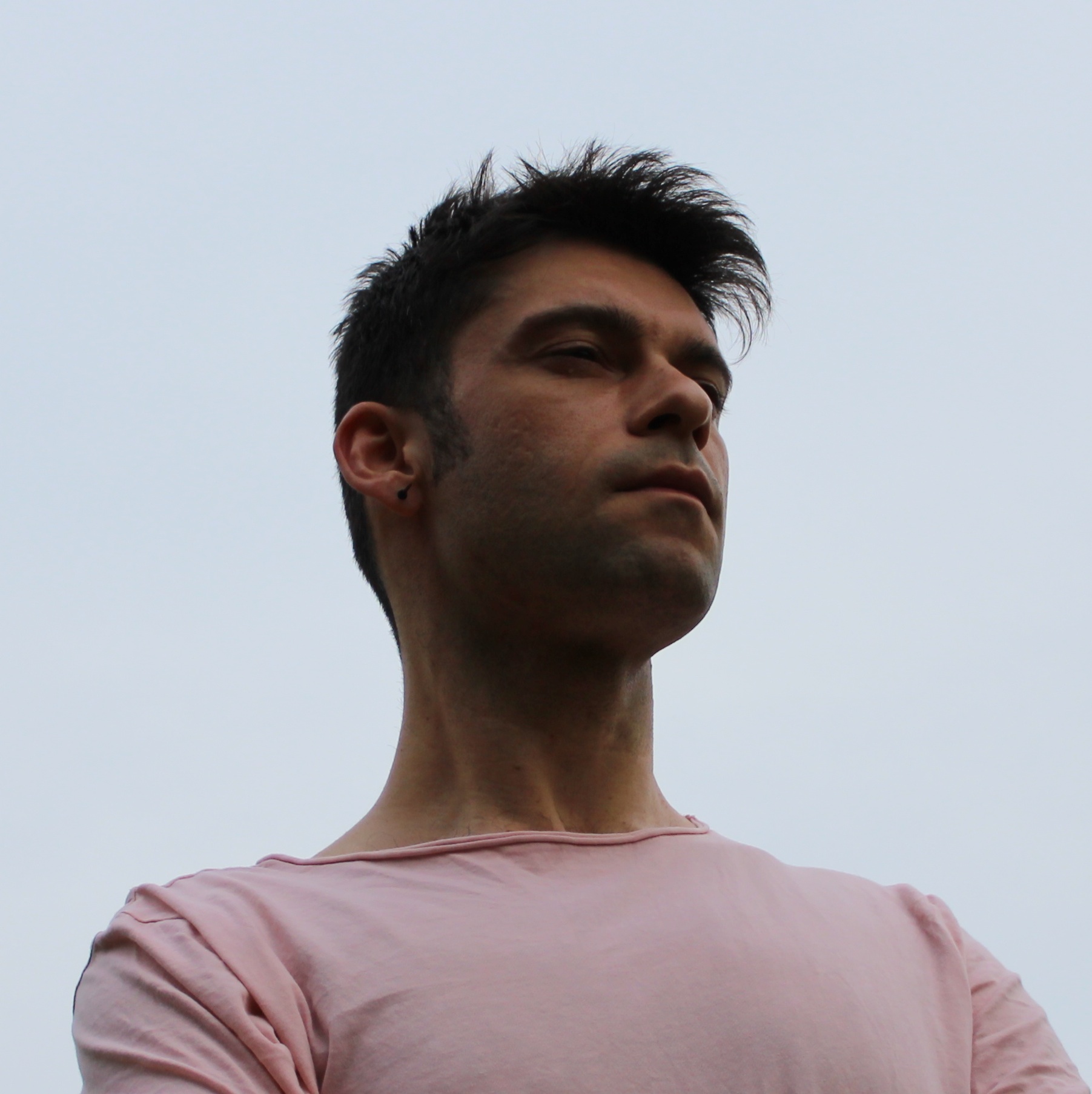
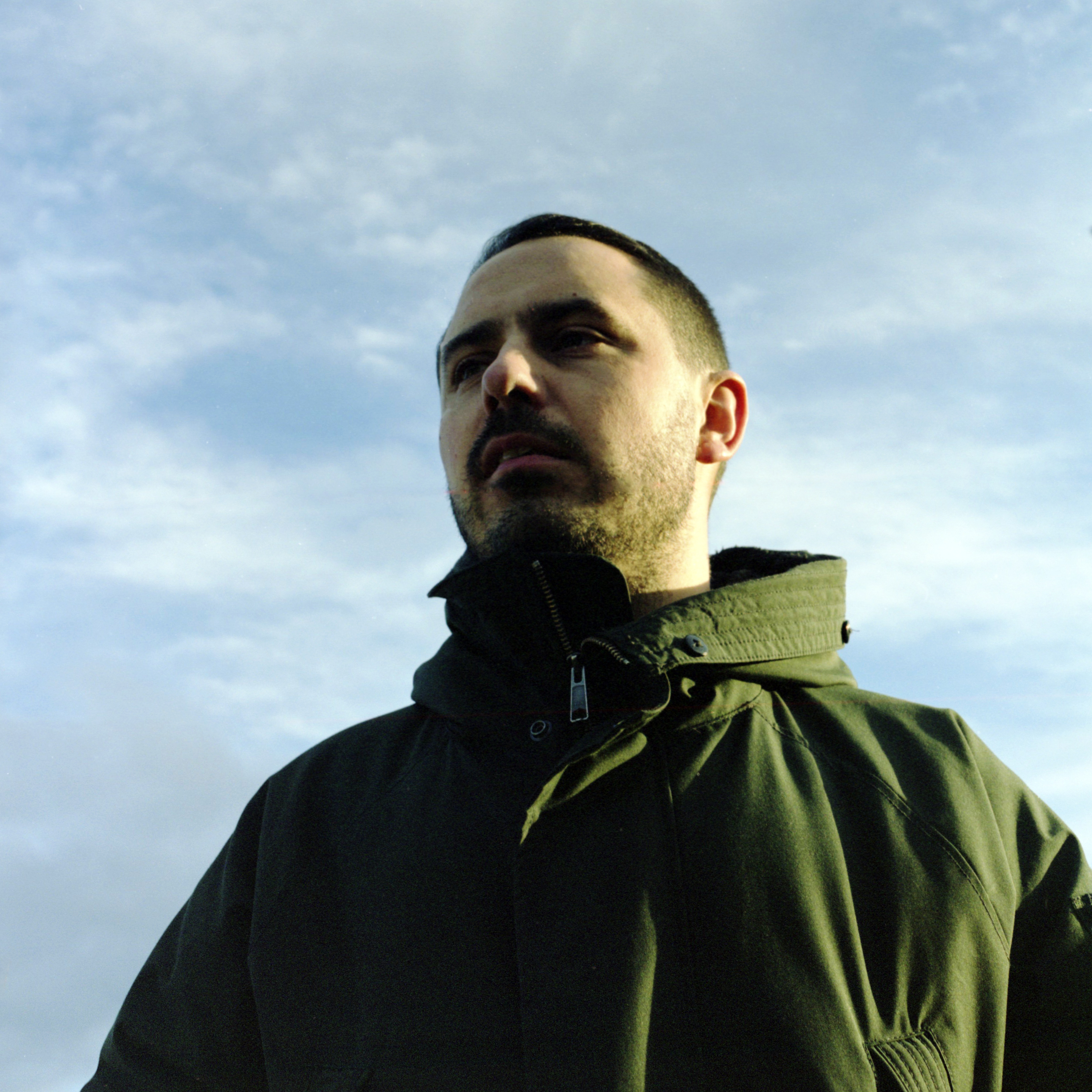
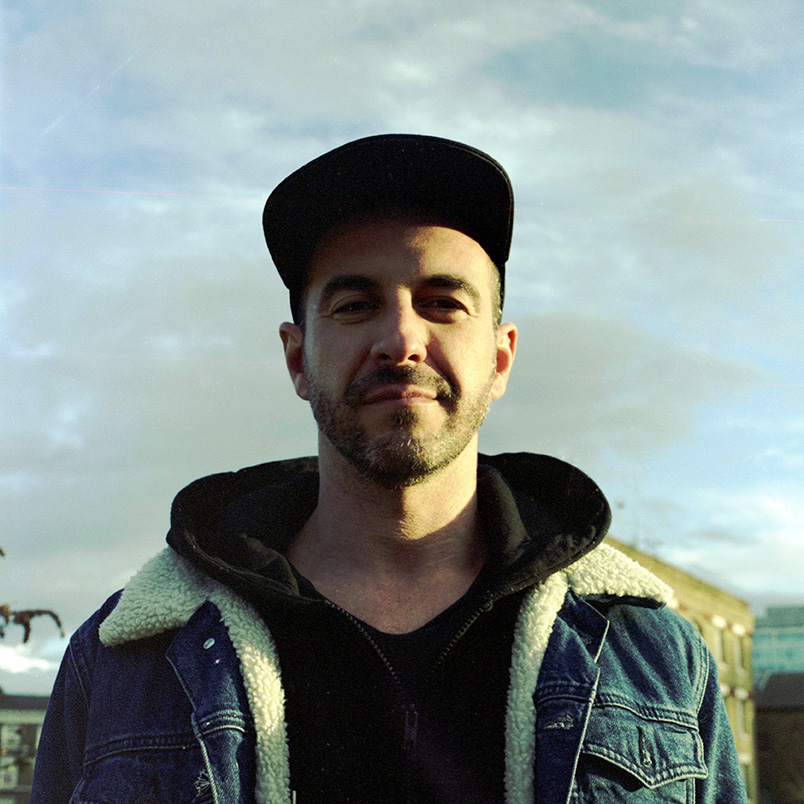
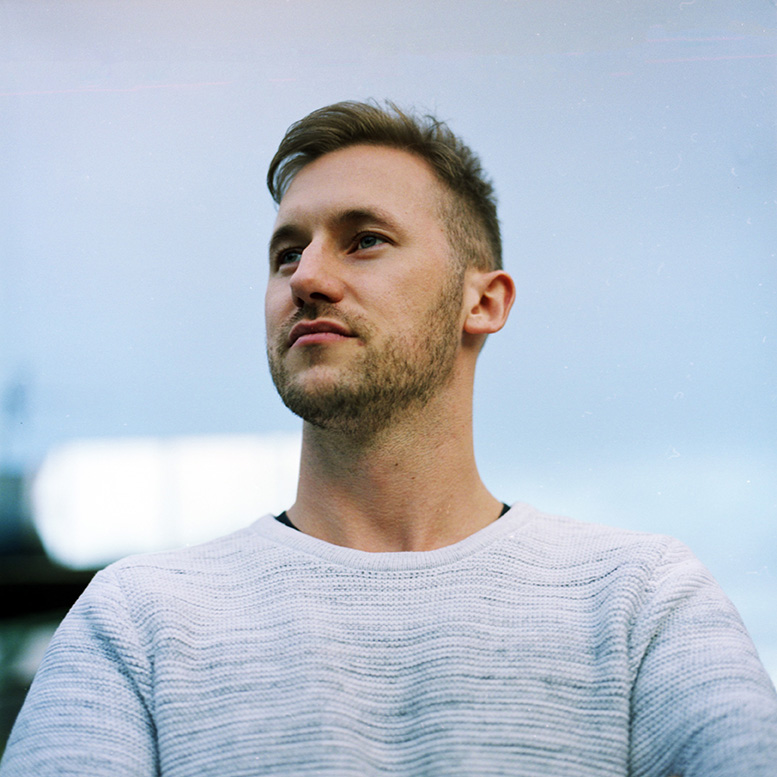
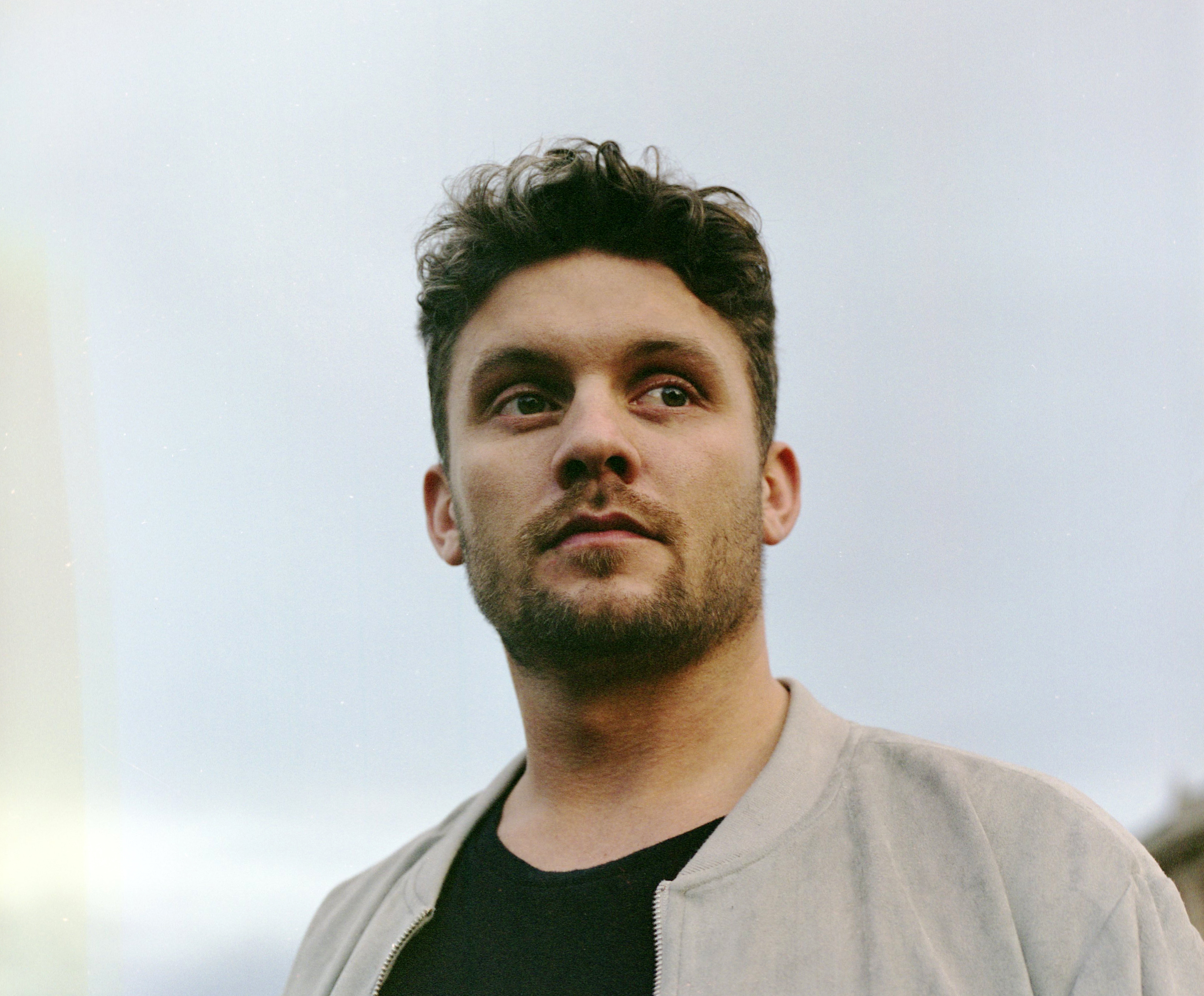
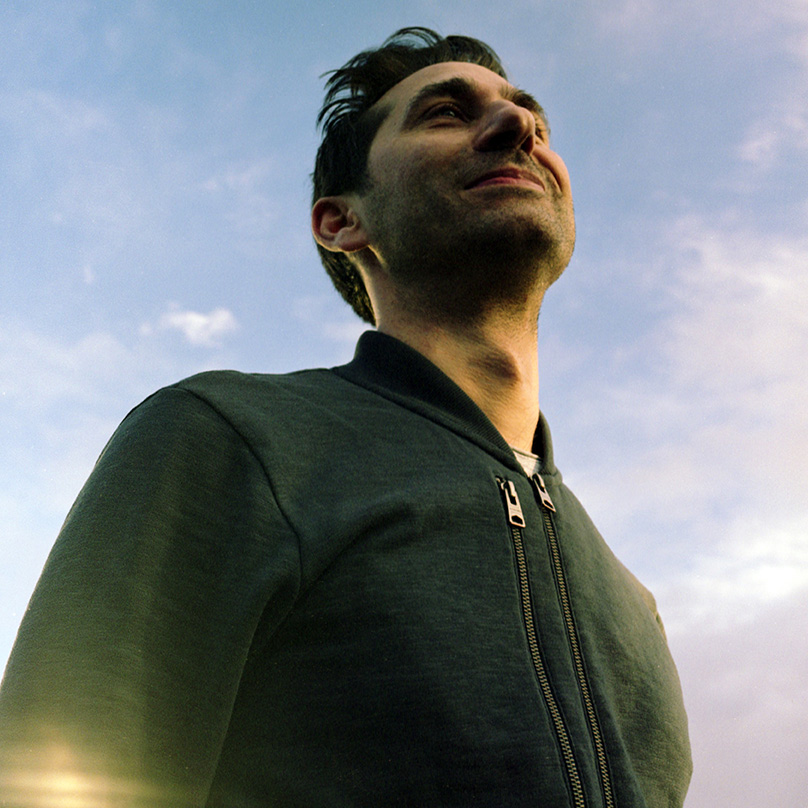
Taken as a whole, Fuse today has become its own ecosystem—a self-sufficient institution that has sizeable rewards for everyone fortunate enough to have connections with it. The labels support the parties; the parties promote the labels. Both support the residents. Siragusa says that more than 75% of the tracks he plays out come from one of the label artists, though much of it remains unreleased.
Yet despite the rich status of the Fuse brand, it is clear that this is just a stepping stone on the pathway to a far grander vision. “We want to look back in 20 years with a huge catalog of music released on the labels, and there to be individual paths for each DJ, who have then gone on to do their own thing,” Siragusa explains, deep in thought. “For the parties, it’s about legacy: I want people to look back and talk about Fuse like we do about those seminal raves of the ‘90s.” That is not to say, however, that the route to this achievement is especially clearly defined, but its existence, and the inevitable challenges that accompany it, crop up regularly throughout the duration of the conversations.
Growth, as the duo explains, has been extremely carefully monitored—and necessarily so. Make no mistake: these are magnificent times for Siragusa and the team, but the situation is unlikely to move from far from one of precarity. Success as a promotor relies on a fickle audience, and it’s apparent that Fuse has morphed into a body with a strong commercial presence while retaining much integrity and appeal in the so called “underground” scene. As prosperous as this line may be, it will forever be a thin one—and not one upon which Siragusa and Cannatella can be entirely comfortable. Some, of course, would say that the announcement of an Ibiza residency is a step too far from whence Fuse came, and this may even alienate a select few, but once you peel back all the layers, at the brand’s core lies an intimate after-hours with quality music and a carefully curated crowd. Provided this remains the focus, and the music never wavers, it is hard to find too much substance in any such claims.
Questions must, however, be asked about the scalability of the model. How big can it really go? Is it possible to maintain the same standards in larger arenas? Can the residents adapt their output to match the acoustics of these wider spaces? They achieved it with the move to Village Underground, but it’s hard to brand this “big” relative to the Amnesia Terrace, for example. Continuing with Ibiza, the crowd on the island to also far less eclectic than that of London: can you manufacture a quality atmosphere with a bunch of holidaymakers—or other foreign territories with vastly diverse audiences. Is the name really strong enough to mask the absence of a highly-marketable artist? These are all questions that the Fuse team will need to answer if Siragusa’s ambitions are to be satisfied.
One thing, however, remains certain: Fuse’s future will be more easily determined following the summer season. The Ibiza residency is likely to have grand consequences, a truth with which Siragusa and Cannatella are most familiar. There is no doubting that it is a a strategic move, and one that has been carefully considered and deliberated upon by the duo. “Now is the right time,” Cannatella says. Success, he says, will mark a considerable milestone in the achievement of their ambitions.
To understand this, it is necessary once again to return to the two strands: UK and Ibiza. The former, he explains, is growing nicely. There are plans to expand into even larger spaces, both in London and elsewhere, although the Sunday daytime event will remain forever at the core. Ibiza, however, has long been a work in progress, and one that will reach fruition should the residency succeed, establishing the brand at the forefront of the island’s new generation of promotors. Only then, once these two territories have been ticked off, can the duo begin the next stage of their story. “London and Ibiza have always been the two key locations for us because they create the most attention for the brand,” he explains. “If you can make it here, you can become an important part of the European scene and beyond.”
It’s a splendid story—an inspiring one when you hear the details of how it came about and where it’s likely to go. In a saturated market where promotors appear so infinite, Siragusa and Cannatella have achieved so much by doing things their own way, without the need for big name artists and mass promotion. Come September, however, the next chapter is likely to begin. Let’s reconvene then.
Rich NxT Mix:
Rossko Mix:
Seb Zito Mix:
______
All non-club shots: © Otto Masters
Club shots: © daddysgotsweets & LarryJ

